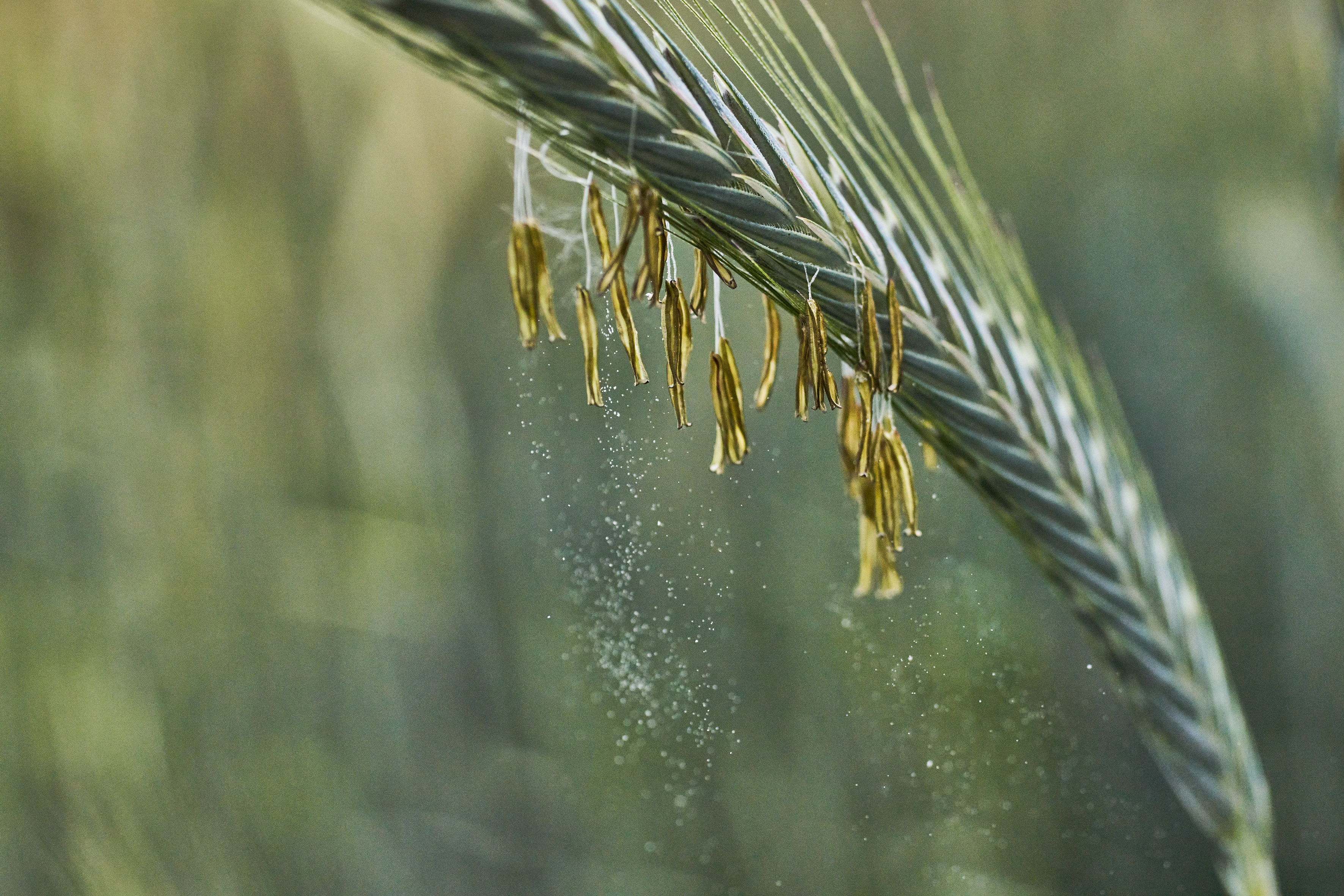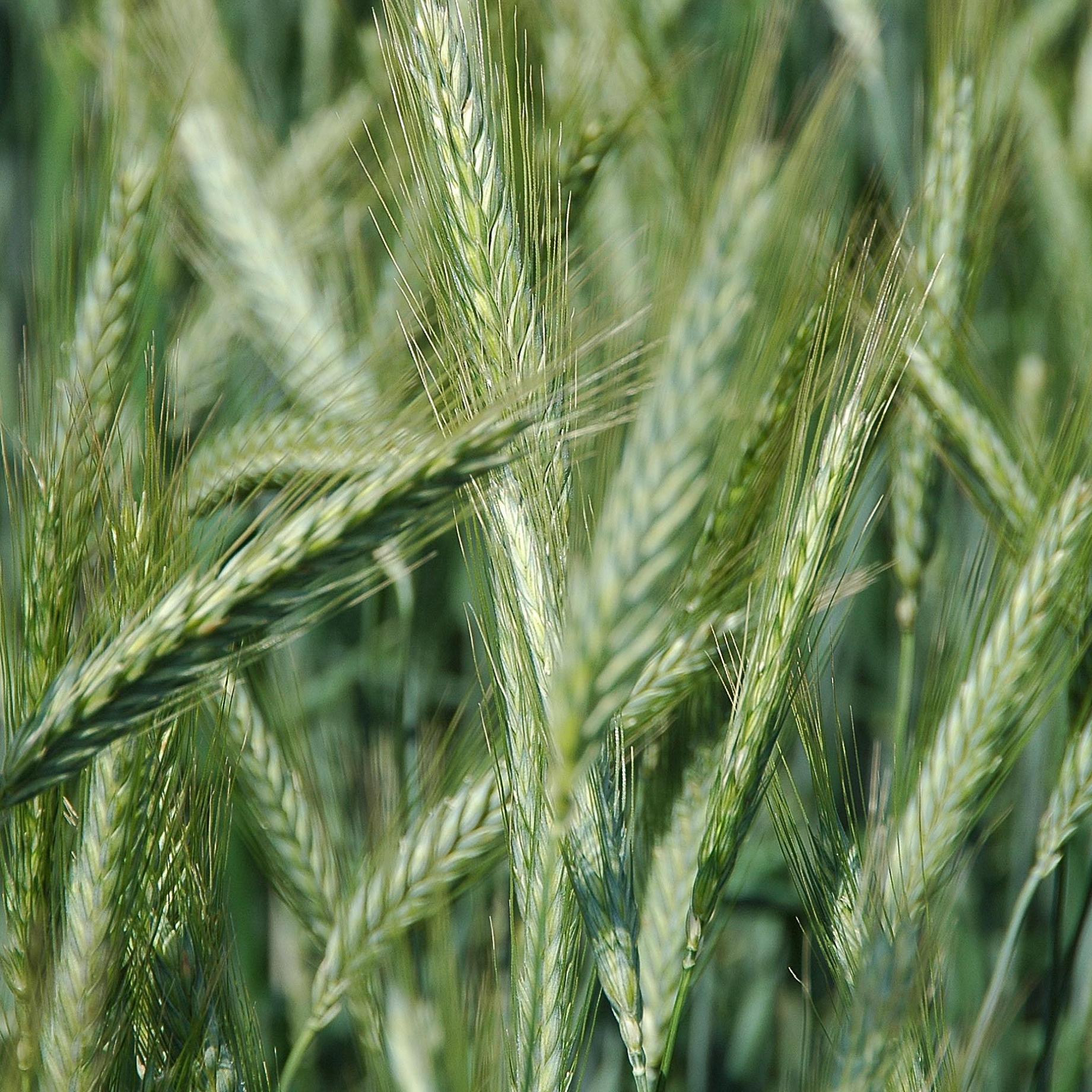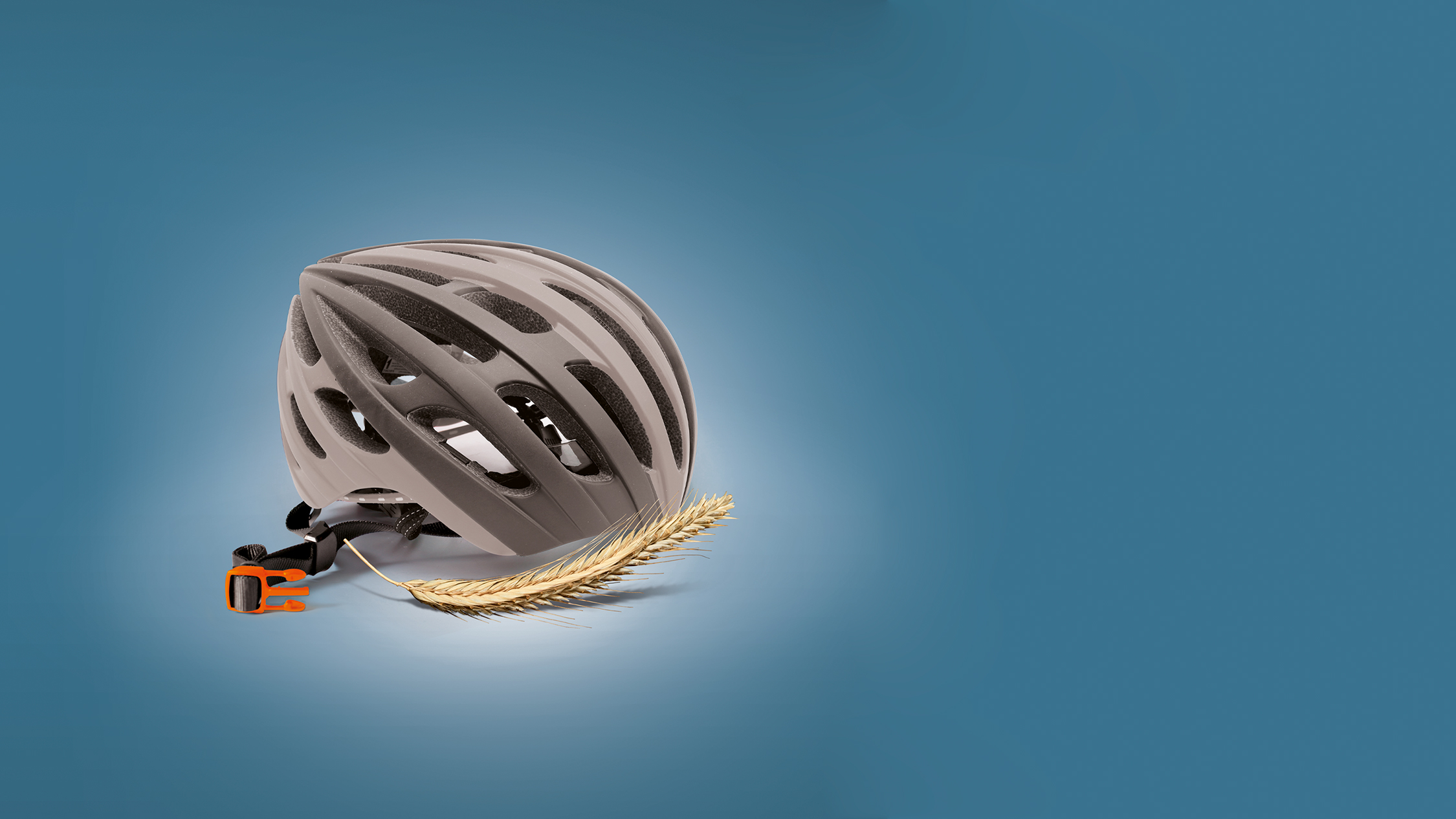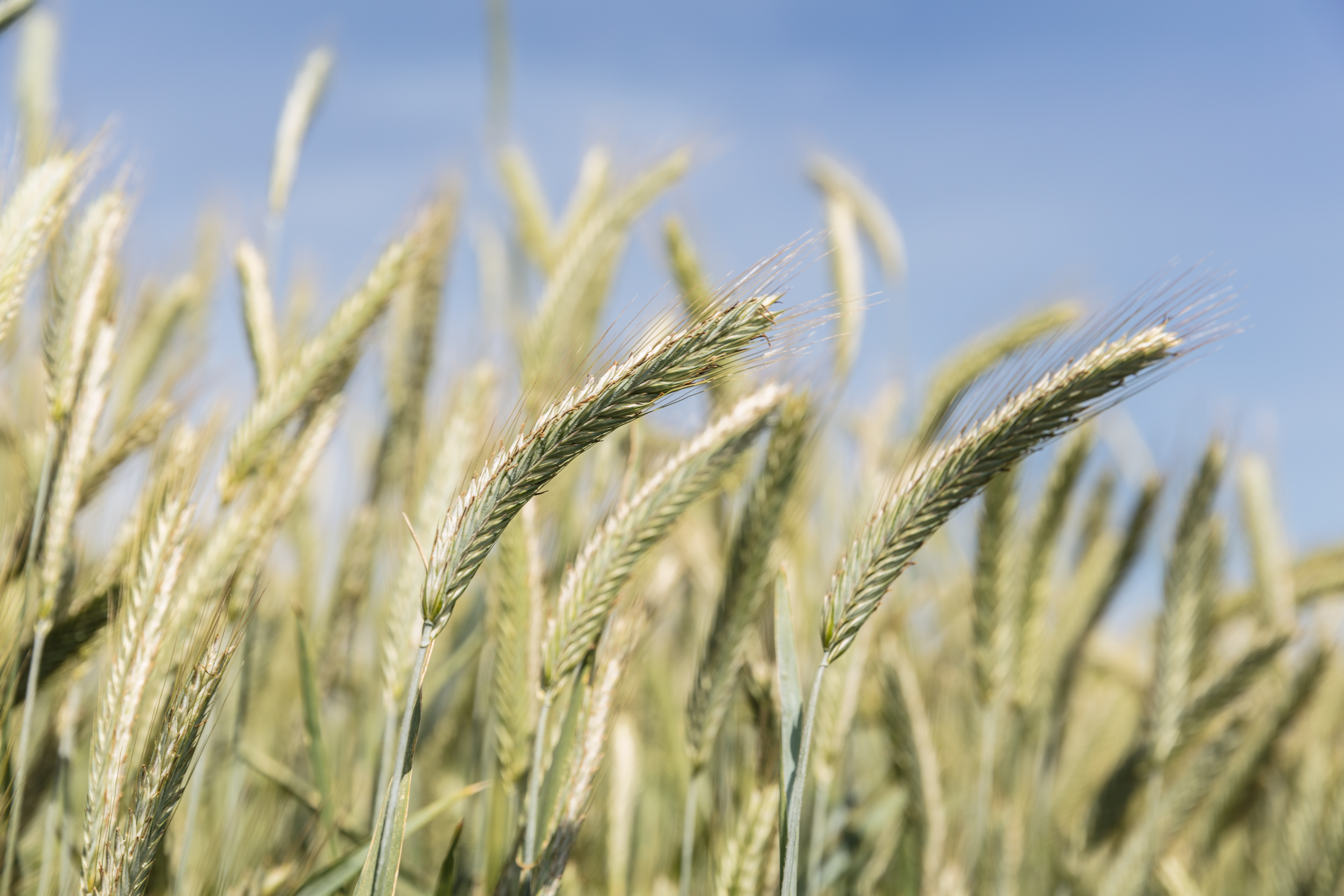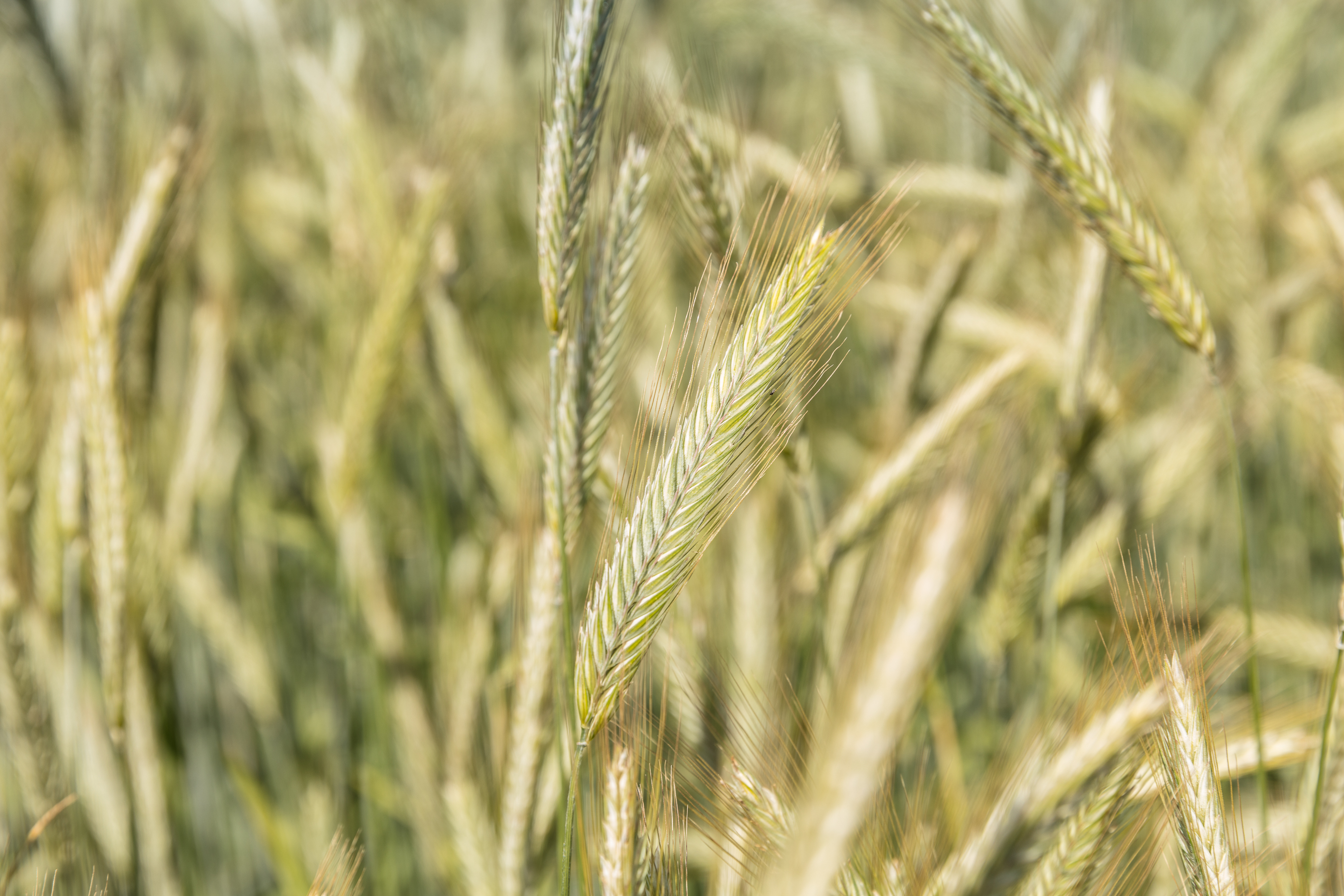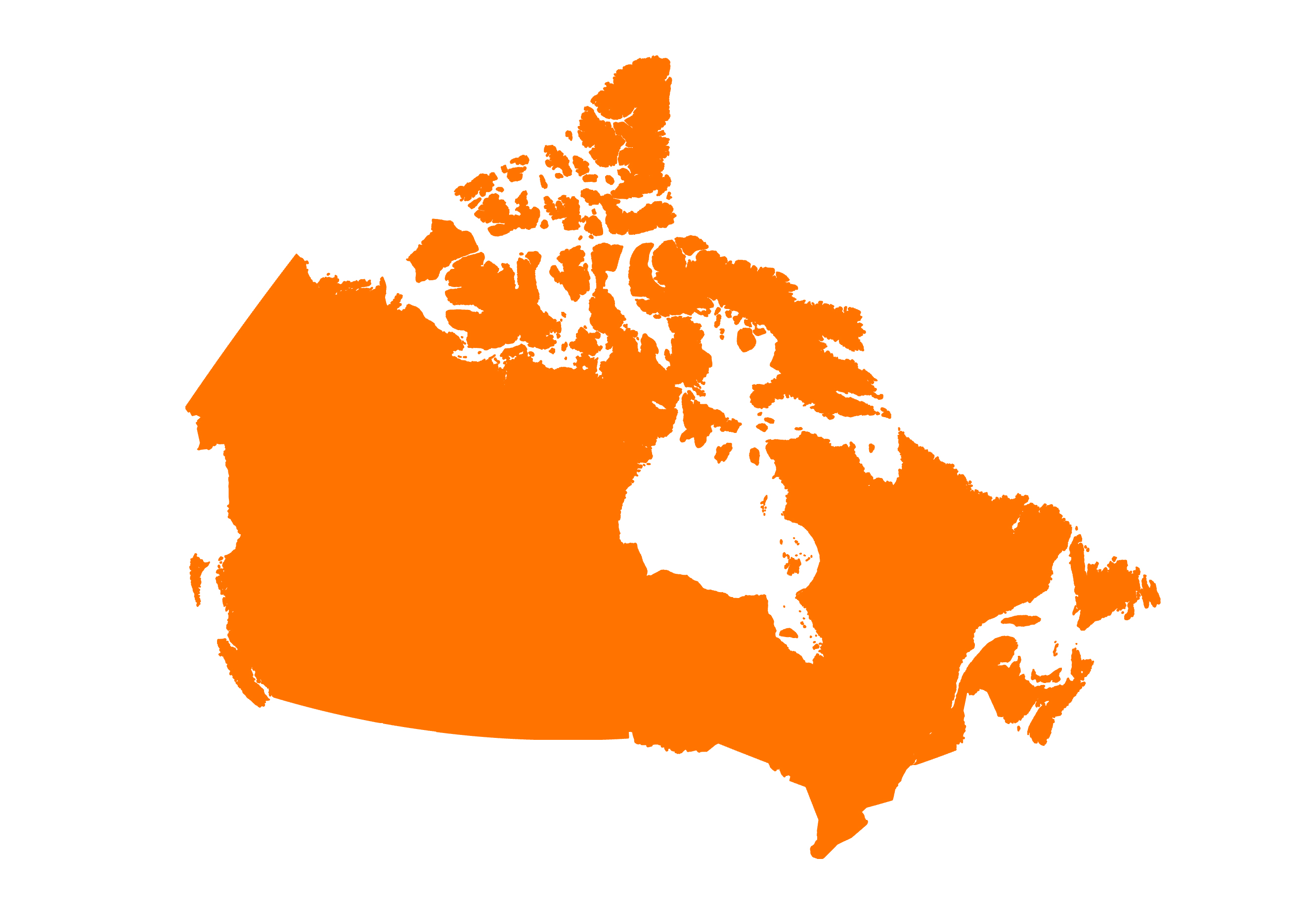KWS RECEPTOR
Main Features
Market leading yields:
- 4% over hybrid checks*
- 38% over traditional checks*
Variety Highlights
- Top-in-class winter hardiness
- Short straw
- Excellent harvestability
- Strong ergot protection
End Use Markets
- All Grain Markets
- Feed
- Forage
- COVER+TM
The Standout Choice
KWS RECEPTOR features PollenPlus® technology, which effectively reduces the risk of ergot and it's short straw supports ease of management. For growers prioritizing yield, reliability, and quality - KWS RECEPTOR is the standout choice.
Downloads
Agronomy & Quality Data
| KWS RECEPTOR |
Average of Hybrid Varieties |
Average of Traditional Varieties |
|
|---|---|---|---|
| Yield | 100% | 96% | 73% |
|
Winter Survival % |
90 | 88 | 89 |
|
Height cm |
84 | 86 | 100 |
|
Lodging 1-9 |
2.8 | 2.3 | 3.5 |
|
Testing Weight kg/hL |
74 | 74 | 74 |
Source: Request for Support for Registration of RT252; KWS RECEPTOR
Fall Rye Cooperative Registration Trials 2018-19, 2019-20, 2020-21*
KWS RyeGHT Seeding Practices Grain Production for Western Canada
Hybrid fall rye can be an easy crop to grow and success of growing is primarily achieved from having strong stand establishment in the fall. These practices will optimize both performance and consistency year after year, starting with the most important first.
.jpg)

